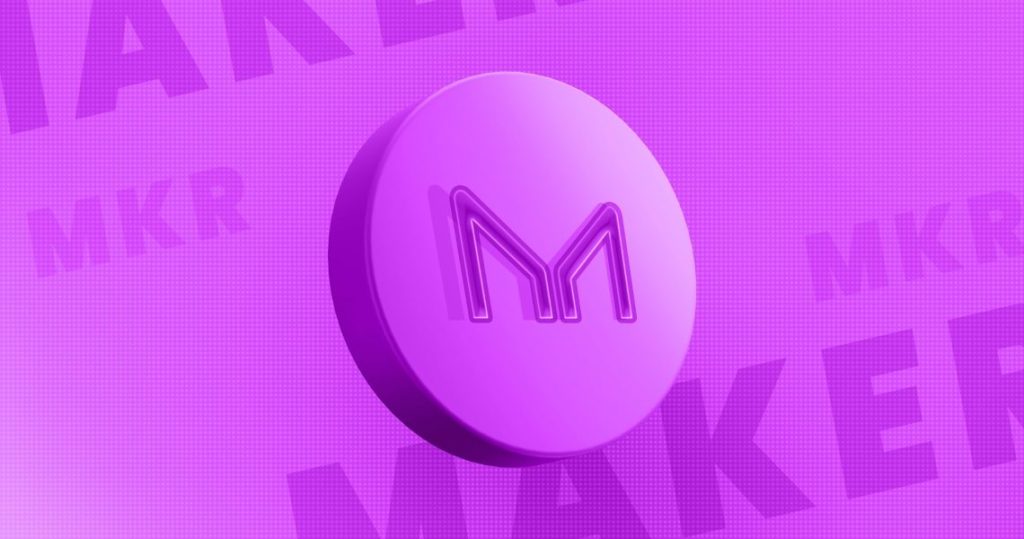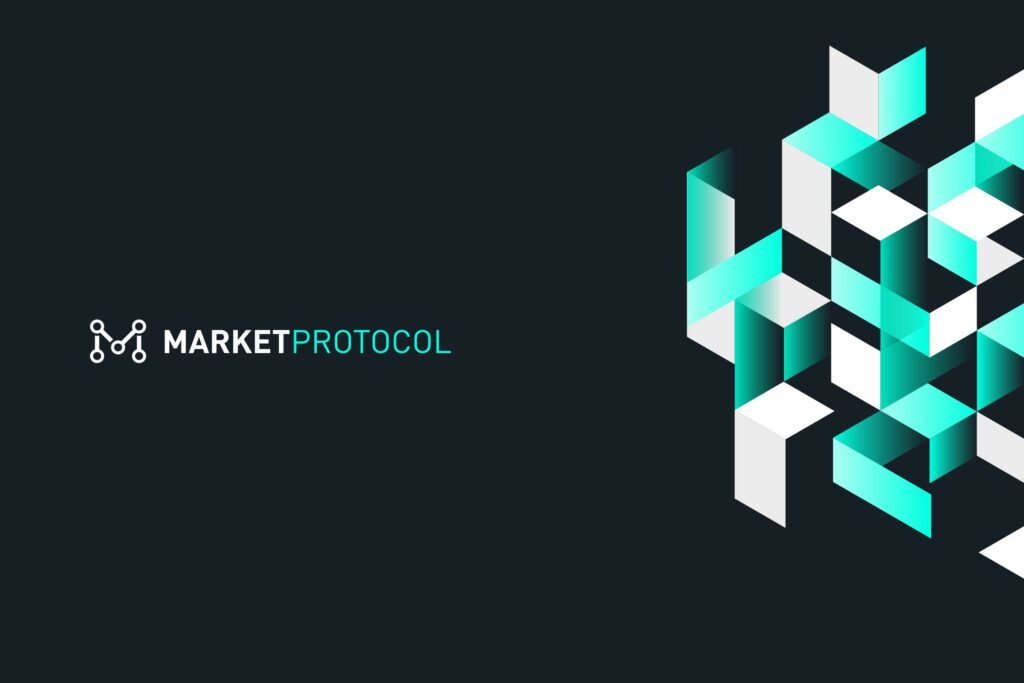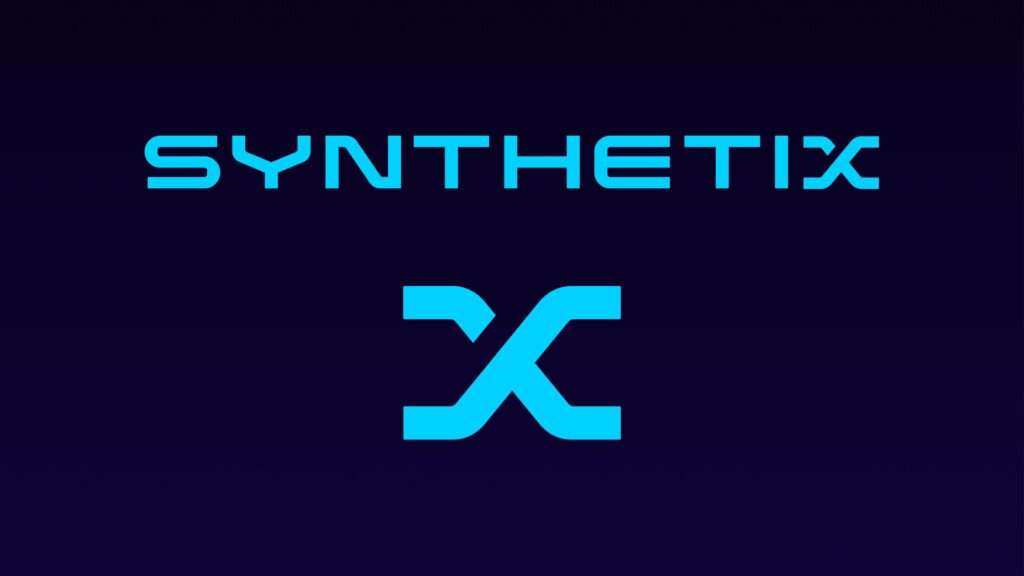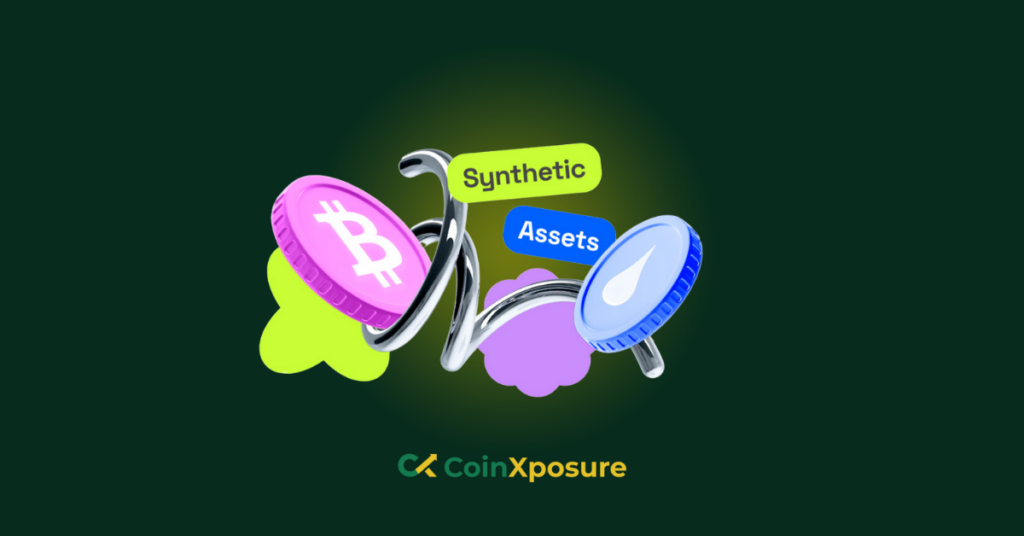In the ever-changing world of decentralized finance (DeFi), DeFi synthetic assets are one notion that is gaining traction and challenging traditional financial markets. This article discusses the real-world use cases of synthetic assets in DeFi.
A synthetic asset is a financial instrument, such as futures, options, or swaps, that mimics the properties of another asset.
This is analogous to having a twin brother living in another universe; while not physically present, your lives can run concurrently, reflecting identical experiences.
Synthetic assets enable investors to obtain exposure to specific asset classes without holding them directly.
This is achieved by synthesizing the value of other financial instruments and backing it with an underlying asset before minting the synthetic asset based on it.
What is the Importance of Synthetic Assets
There are various important synthetic assets to an investor; here are some of them;
- Funding
- Create liquidity
- Market access
Funding
Synthetics can reduce funding expenses. One example is a Total Return Swap (TRS), a finance mechanism for arranging asset financing.
It enables the party to get finance for a pool of assets it already possesses, while the swap counterparty earns interest on cash backed by the pool of assets. In this context, the TRS is comparable to a secured loan because:
The party selling the securities and agreeing to repurchase them requires finance, while the party purchasing the securities and selling them back provides financing.
Create liquidity
Synthetics can add liquidity to the market, lowering costs for investors. One example is a credit default swap.
A credit default swap (CDS) is a derivative contract between two parties, a credit protection buyer and a credit protection seller, in which the buyer makes a series of cash payments to the seller in exchange for a promise of compensation for credit losses caused by a “credit event,” such as failure to pay bankruptcy or restructuring.
This allows a CDS seller to synthetically long an underlying asset, while a CDS buyer can hedge their credit exposure by purchasing an underlying asset.
Usually, the CDS markets are more liquid than the underlying bond markets.
One of the primary reasons for this is standardization: bonds issued by a single corporation are typically divided into several distinct issues with varying coupons, maturities, covenants, and so on.
The ensuing fragmentation lowers the liquidity of these bonds. In contrast, the CDS market is a standardized platform for the firm’s credit risk.
Market access
Synthetics can allow for relatively unfettered market participation by reproducing the cash flow of almost any security using a combination of instruments and derivatives.
For example, we could utilize a CDS to imitate a bond’s exposure. This can be useful if the bond is difficult to obtain on the open market (for example, there may be none available).
Let me present a realistic example using Tesla 5-year bonds, which yield 600 basis points over Treasuries:
Purchase $100,000 in 5-year Treasuries and hold them as collateral.
Create (sell) a 5-year $100,000 CDS contract.
Receive Treasury interest and a CDS yearly premium of 600 basis points.
If there is no default, the Treasury coupons plus the CDS premium will yield the same amount as the 5-year Tesla bond.
If the Tesla bond defaults, the portfolio value will be the Treasury minus the CDS payout, which represents the Tesla bond’s default losses.
So, in either situation (default or no default), the portfolio’s payment (Treasuries + CDS) would be equivalent to owning the Tesla bond.
Understanding Synthetic Assets in DeFi
Synthetic assets in DeFi are a ground-breaking concept that allows users to obtain exposure to a wide range of assets, such as equities, commodities, currencies, and indexes, without holding the underlying assets.
These synthetic assets are produced using smart contracts and receive their value from price feeds or oracles that monitor the value of the assets they represent.
Synthetic assets in DeFi are often created by issuing tokens collateralized by other assets, such as cryptocurrencies or stablecoins, which are then locked in smart contracts.
These synthetic tokens, or synths, can be traded, exchanged, and used within the DeFi ecosystem, allowing users to bet on price swings, hedge risks, and diversify their investment portfolios.
Before we go into the real-world use cases of synthetic assets in DeFi, let’s see how Synthetic assets in DeFi function.
How Synthetic Assets in DeFi Functions
Synthetic assets in DeFi function by replicating the value and performance of real-world assets in a decentralized and permissionless way.
Users can create synthetic assets by placing collateral into smart contracts, which are then utilized to generate synthetic tokens based on the value of the desired investment.
These synthetic tokens can be sold on decentralized exchanges (DEXs), used as collateral for borrowing or lending, or included in other DeFi protocols to generate yield.
Also, synthetic assets in DeFi provide fractional ownership, allowing users to gain access to assets that might otherwise be prohibitively expensive, geographically restricted, or subject to regulatory constraints.
Users, for example, might get exposure to high-value assets such as gold or real estate by owning synthetic tokens representing fractions of these assets, democratizing access to investment options previously only available to institutions.
Real-World Use Cases of Synthetic Assets in DeFi
Some examples of real-world use cases of synthetic assets in DeFi include;
- MakerDAO
- Abra
- MARKET Protocol
- UMA
- Synthetix
- Rainbow network
MakerDao

Maker’s Dai stablecoin is probably the most well-known and used synthetic in DeFi. Using Ethereum as collateral, users can create a synthetic asset called Dai, which has a soft peg to USD.
In effect, Dai holders gain synthetic price exposure to the USD. Similar to Abra’s design, many other protocols have adopted this “collateral-backed synthetic asset” paradigm.
Abra

Abra is the pioneer of synthetics in cryptocurrency, founded in 2014. When an Abra user transfers money into their wallet, it is instantly converted to Bitcoin and shown as USD on the Abra app.
For example, if Alice pays $100 into her Abra wallet while the price of Bitcoin is $10,000, she will get a deposit of 0.01 BTC, which will be displayed as $100.
Abra does this by maintaining a BTC/USD peg, which secures Alice’s right to redeem $100 regardless of price movements in either BTC or USD. In effect, Abra is developing a crypto-collateralized stablecoin.
Also, Abra instantly hedges its risk to honor all trades at any time.
When a user funds their wallet, they effectively take a short position on Bitcoin and a long one on the hedged asset, whereas Abra takes a long position on Bitcoin and a short position on the hedged asset.
MARKET Protocol

MARKET Protocol enables users to create synthetic assets that employ an oracle to track the price of any reference asset.
These “Position Tokens” enable constrained long and short exposure to the underlying, resulting in a reward structure comparable to a bull call spread in traditional finance.
The long and short tokens represent claims on a pool of collateral.
UMA

UMA offers a framework for Total Return Swaps on Ethereum, which may provide synthetic exposure to a wide range of assets.
The smart contract specifies Alice and Bob’s bilateral agreement’s economic conditions, termination terms, and margin requirements.
It also requires a price feed oracle to retrieve the current price of the underlying reference asset.
The USStocks ERC20 token, which represented the US S&P 500 index and traded on the Beijing-based decentralized exchange DDEX, was one example of a protocol implementation.
This was accomplished by fully collateralizing one side of a UMA contract and then tokenizing the margin account, resulting in synthetic ownership of the long side of the contract.
Synthetix

Synthetix is an issuance platform, collateral type, and exchange where users can create a variety of synthetic assets.
Similar to Maker, customers must lock up collateral to create a synthetic asset and repay their loan to regain the collateral. Users can then “exchange” one synthetic asset for another using an oracle.
It is worth noting that there is no direct counterparty to the “exchange” – the user is effectively repricing the collateral in accordance with the oracle.
However, because of the pooled collateral structure, SNX stakeholders collectively bear the counterparty risk of other users’ synthetic holdings.
Rainbow Network

The Rainbow Network is an off-chain, non-custodial exchange and payment network that can handle liquid assets.
It consists of “Rainbow channels,” a payment channel in which settlement balances are calculated using the current prices of other assets.
In other words, the system incorporates synthetics alongside other assets into a payment channel.
In Rainbow channels, each state is a contract for difference, akin to a total return swap.
Challenges Faced by Synthetic Assets in DeFi
Synthetic assets in DeFi have many appealing use cases, but there are obstacles to their development. Accurately and consistently matching synthetic assets to their real-world equivalents is a significant challenge.
The value of synthetic tokens may differ from the assets they represent due to manipulation or mistakes in price oracles, despite their critical function in delivering precise price feeds for synthetic assets.
In addition, the acceptance and usability of synthetic assets in DeFi depend on adequate liquidity.
Price discovery, effective trading, and the reduction of slippage depend on liquid markets, yet obtaining liquidity for synthetic assets can be difficult, particularly for assets with specialized markets or little demand.
Regulatory worries about the issuance and trade of synthetic assets also provide difficulties for DeFi developers.
Compliance requirements may impact the functioning of DeFi protocols that provide synthetic assets, as regulatory frameworks differ greatly throughout jurisdictions.
While trying to preserve the decentralized and permissionless character of DeFi networks, developers must manage these regulatory considerations.
With that gotten, let us see the future of synthetic assets in DeFi.
Future Prospects of Synthetic Assets in DeFi
Despite these challenges, the future of synthetic assets in DeFi looks promising.
As the DeFi ecosystem matures and expands, the demand for innovative financial products and services that provide exposure to a wide range of assets will only rise.
Also, developments in blockchain technology, such as increased scalability, interoperability, and Oracle solutions, are expected to improve the functioning and reliability of synthetic assets in DeFi.
Also, including decentralized governance methods may allow users to participate in the governance and evolution of DeFi synthetic asset protocols.
Decentralized autonomous organizations (DAOs) enable token holders to vote on protocol upgrades, parameter changes, and asset additions, promoting a more inclusive and community-driven approach to DeFi development.
Conclusion
Synthetic assets in DeFi represent a paradigm shift in financial markets, providing users unparalleled access, flexibility, and efficiency.
While their creation presents problems, the potential benefits for users are enormous, cementing DeFi synthetic assets as a cornerstone of the future of finance.
As the DeFi ecosystem evolves, synthetic assets in DeFi will play an important role in democratizing finance and altering the global financial landscape.
With continued innovation, collaboration, and regulatory adaptation within the DeFi community, synthetic assets have a bright future as they open new avenues for financial inclusion and empowerment.
